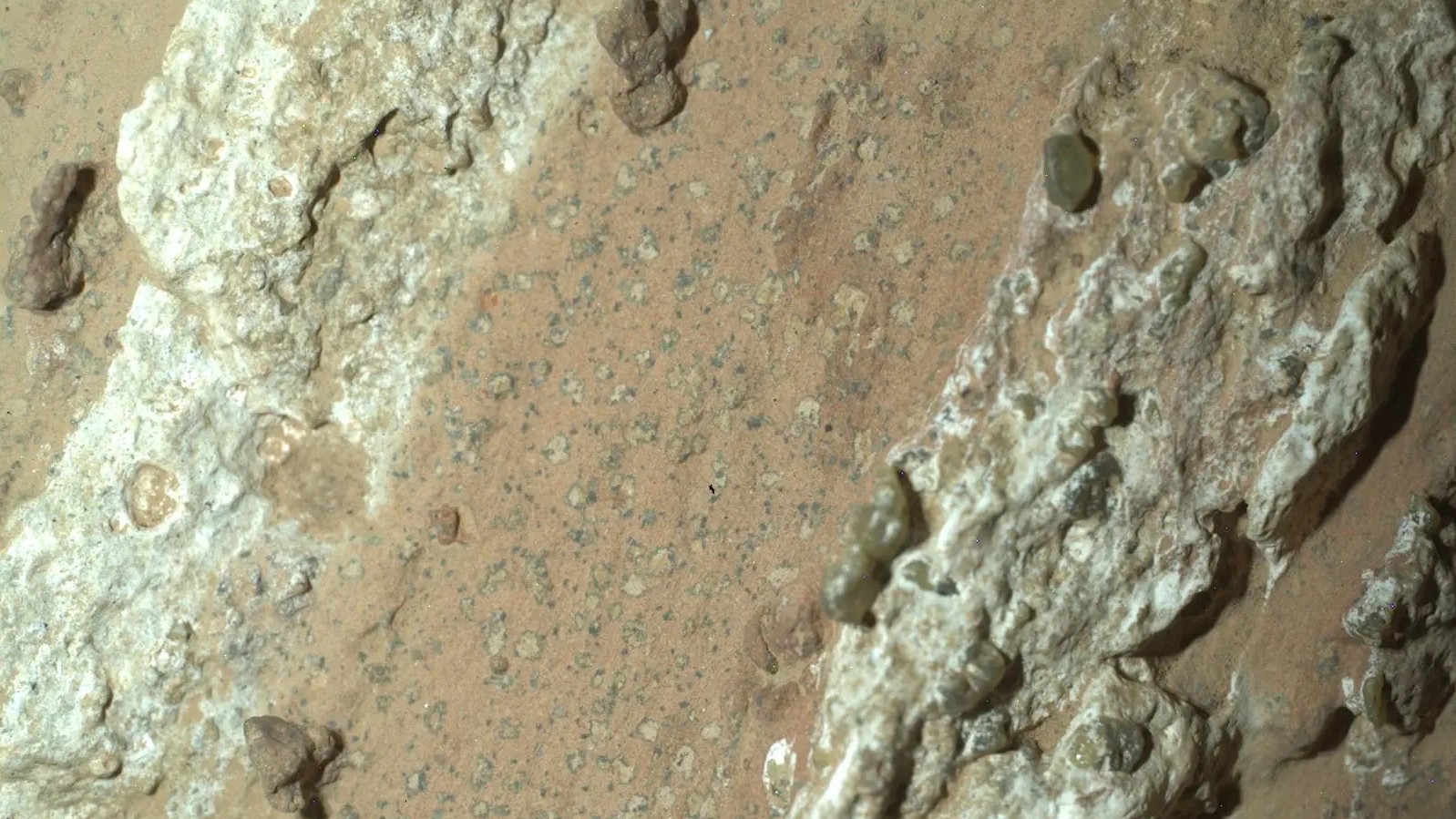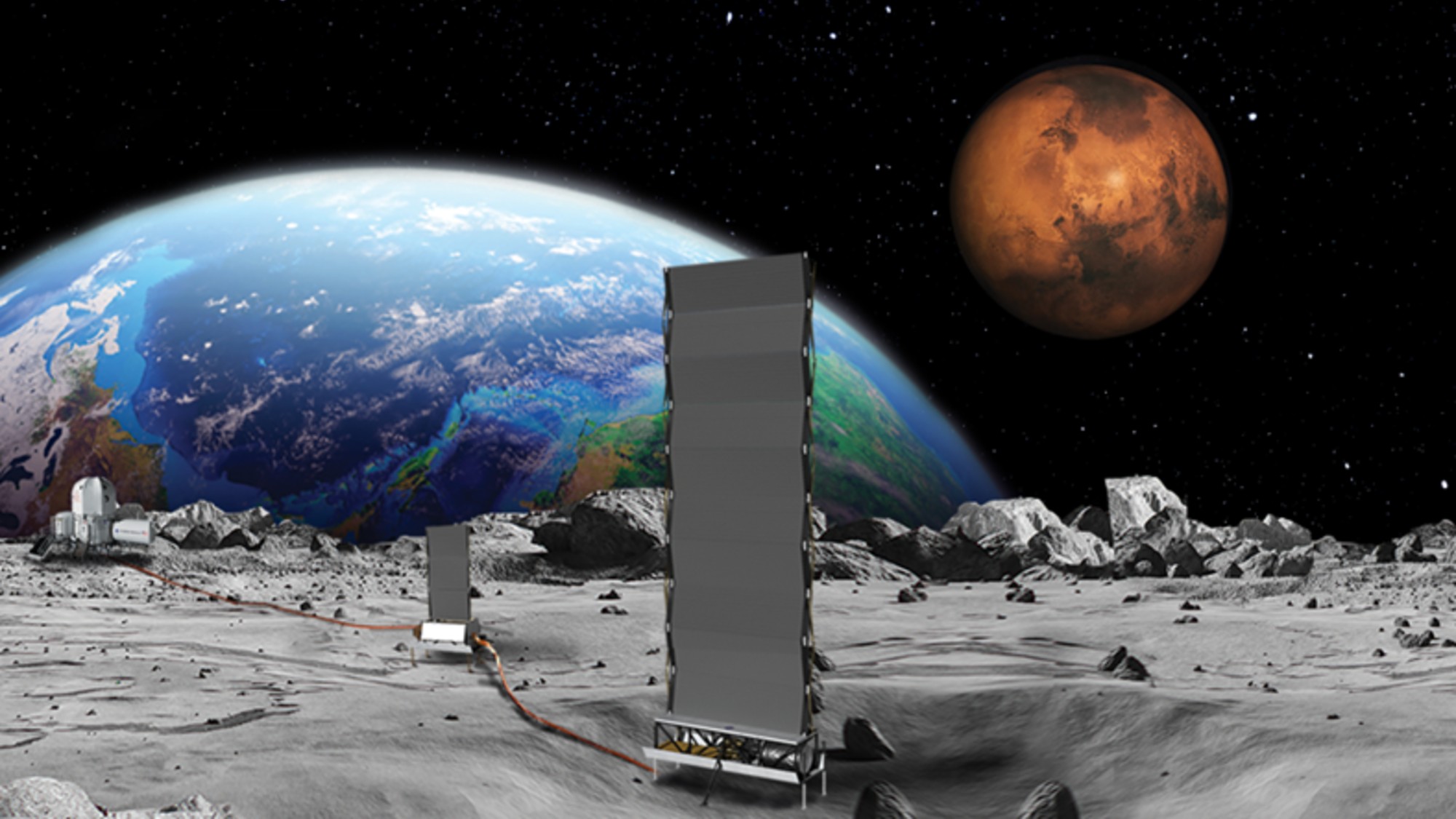NASA begins Artemis I moon mission with launch of mighty SLS rocket

Third time was a charm for NASA's Artemis I space mission.
The U.S. space agency launched the Orion spacecraft aboard its new Space Launch System (SLS) rocket from Florida's Cape Canaveral early Wednesday morning, bringing the U.S. one big step closer to putting astronauts on the moon for the first time since NASA ended the Apollo program 50 years ago. "For the Artemis generation, this is for you," launch director Charlie Blackwell-Thompson said right before liftoff.
This was NASA's third attempt to launch the Orion-loaded 322-foot SLS, the most powerful rocket it has ever built. The two previous attempts were thwarted by hydrogen fuel leaks in the rocket and by Hurricane Ian. The SLS lifted off a little behind schedule, after an emergency crew fixed a fuel leak on the launch platform (not the rocket) and technicians got a Space Force radar station back online.
The Week
Escape your echo chamber. Get the facts behind the news, plus analysis from multiple perspectives.

Sign up for The Week's Free Newsletters
From our morning news briefing to a weekly Good News Newsletter, get the best of The Week delivered directly to your inbox.
From our morning news briefing to a weekly Good News Newsletter, get the best of The Week delivered directly to your inbox.
This Artemis I test flight is sending three test dummies, led by "Moonikin Campos" in the commander's chair, in orbit around the moon. The flight is scheduled to last about 25 days, and one of the main things NASA will be watching is how the mannequins fare in the Orion capsule as it passes about 80 miles above the moon and returns home. If all goes well, astronauts will repeat the flight in 2024, then travel to the lunar surface in 2025 aboard a Starship shuttle designed to transport crew to and from the orbiting Orion capsule. No astronaut has landed on the moon since Apollo 17 in December 1972.
The ultimate goal of the Artemis program — named after Apollo's twin sister — is to set up a permanent base on the moon from which NASA can send astronauts to Mars in the 2030s or 2040s.
The Orion capsule was in orbit around the Earth about 15 minutes after takeoff, and is scheduled to reach lunar orbit by Monday. The capsule should splash down in the Pacific Ocean in about three weeks.
A free daily email with the biggest news stories of the day – and the best features from TheWeek.com
Peter has worked as a news and culture writer and editor at The Week since the site's launch in 2008. He covers politics, world affairs, religion and cultural currents. His journalism career began as a copy editor at a financial newswire and has included editorial positions at The New York Times Magazine, Facts on File, and Oregon State University.
-
 What role will Trump play in the battle over Warner Bros. Discovery?
What role will Trump play in the battle over Warner Bros. Discovery?Today’s Big Question Netflix and Paramount fight for the president’s approval
-
 ‘The menu’s other highlights smack of the surreal’
‘The menu’s other highlights smack of the surreal’Instant Opinion Opinion, comment and editorials of the day
-
 Education: More Americans say college isn’t worth it
Education: More Americans say college isn’t worth itfeature College is costly and job prospects are vanishing
-
 Blue Origin launches Mars probes in NASA debut
Blue Origin launches Mars probes in NASA debutSpeed Read The New Glenn rocket is carrying small twin spacecraft toward Mars as part of NASA’s Escapade mission
-
 Dinosaurs were thriving before asteroid, study finds
Dinosaurs were thriving before asteroid, study findsSpeed Read The dinosaurs would not have gone extinct if not for the asteroid
-
 Africa could become the next frontier for space programs
Africa could become the next frontier for space programsThe Explainer China and the US are both working on space applications for Africa
-
 NASA reveals ‘clearest sign of life’ on Mars yet
NASA reveals ‘clearest sign of life’ on Mars yetSpeed Read The evidence came in the form of a rock sample collected on the planet
-
 SpaceX breaks Starship losing streak in 10th test
SpaceX breaks Starship losing streak in 10th testspeed read The Starship rocket's test flight was largely successful, deploying eight dummy satellites during its hour in space
-
 Rabbits with 'horns' sighted across Colorado
Rabbits with 'horns' sighted across Coloradospeed read These creatures are infected with the 'mostly harmless' Shope papilloma virus
-
 Why does the US want to put nuclear reactors on the moon?
Why does the US want to put nuclear reactors on the moon?Today's Big Question The plans come as NASA is facing significant budget cuts
-
 Lithium shows promise in Alzheimer's study
Lithium shows promise in Alzheimer's studySpeed Read Potential new treatments could use small amounts of the common metal
